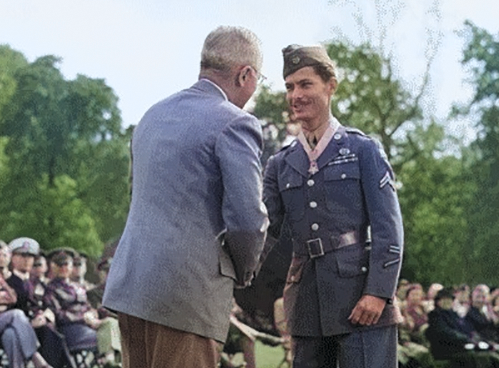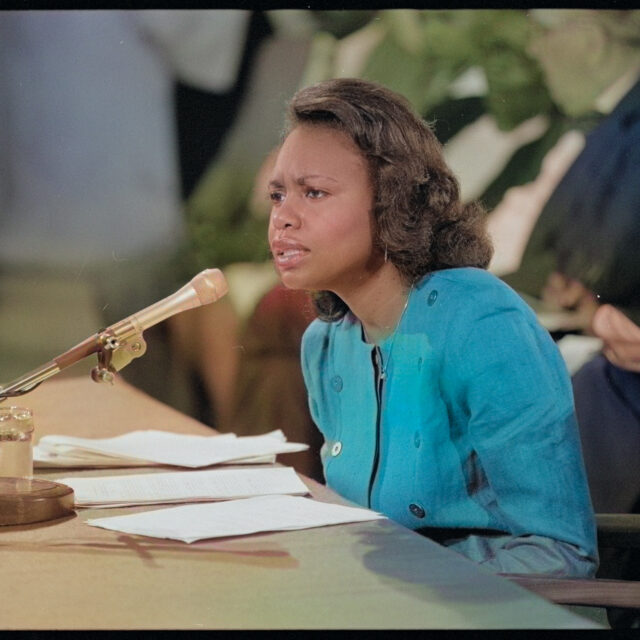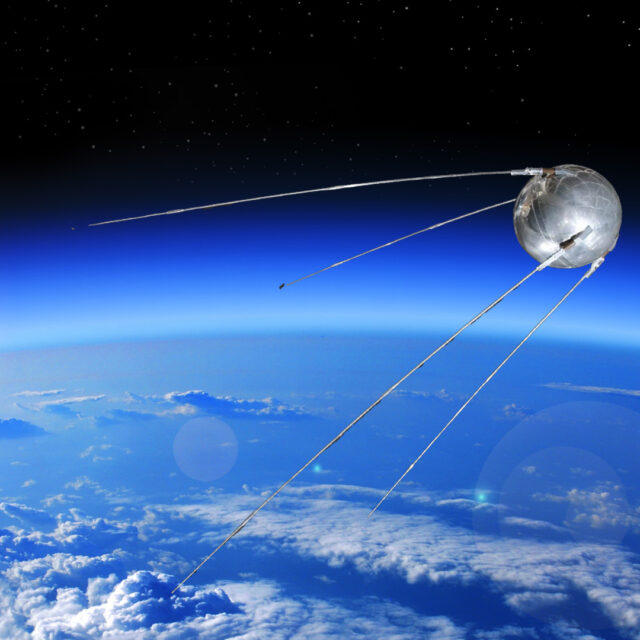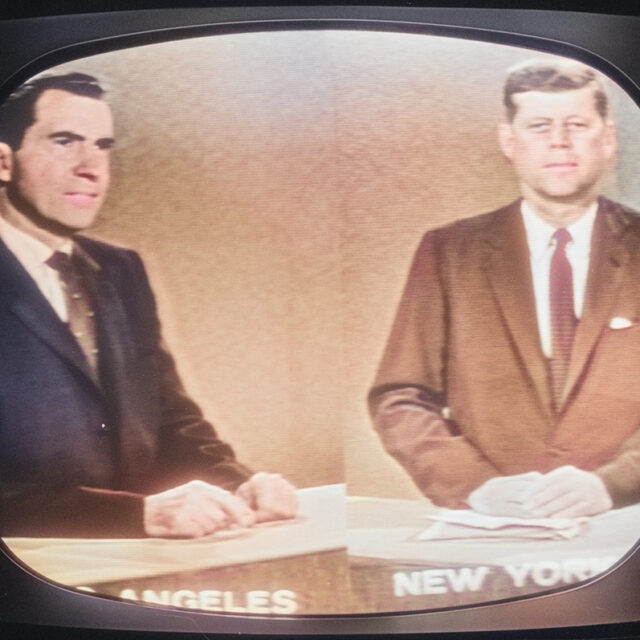
#OTD20 | October 12, 1945
The Bravery of Desmond Doss: An Unarmed Hero in World War II
October 12, 1945: Conscientious objector Private Desmond Doss receives the Medal of Honor from President Truman.
Doss's commitment to his beliefs made him refuse to bear arms during the war. Instead, he served as a medical corpsman in the Pacific Theater.
Against all odds and without a weapon to defend himself, Doss saved the lives of 75 of his fellow soldiers during the Battle of Okinawa, exhibiting unmatched courage and resilience.
His actions epitomized the spirit of sacrifice, showing that one can be a hero without resorting to violence.
The Medal of Honor, presented to him by President Truman, stands testament to the incredible bravery displayed by an individual driven by faith and compassion.
Viewing Options
The Pacific Campaign of World War II is chronicled in our award-winning video survey "World War II – The World at War."
Additional Resources
Access more information from Media Rich Learning and curated off-site sources.
Remarkably social












